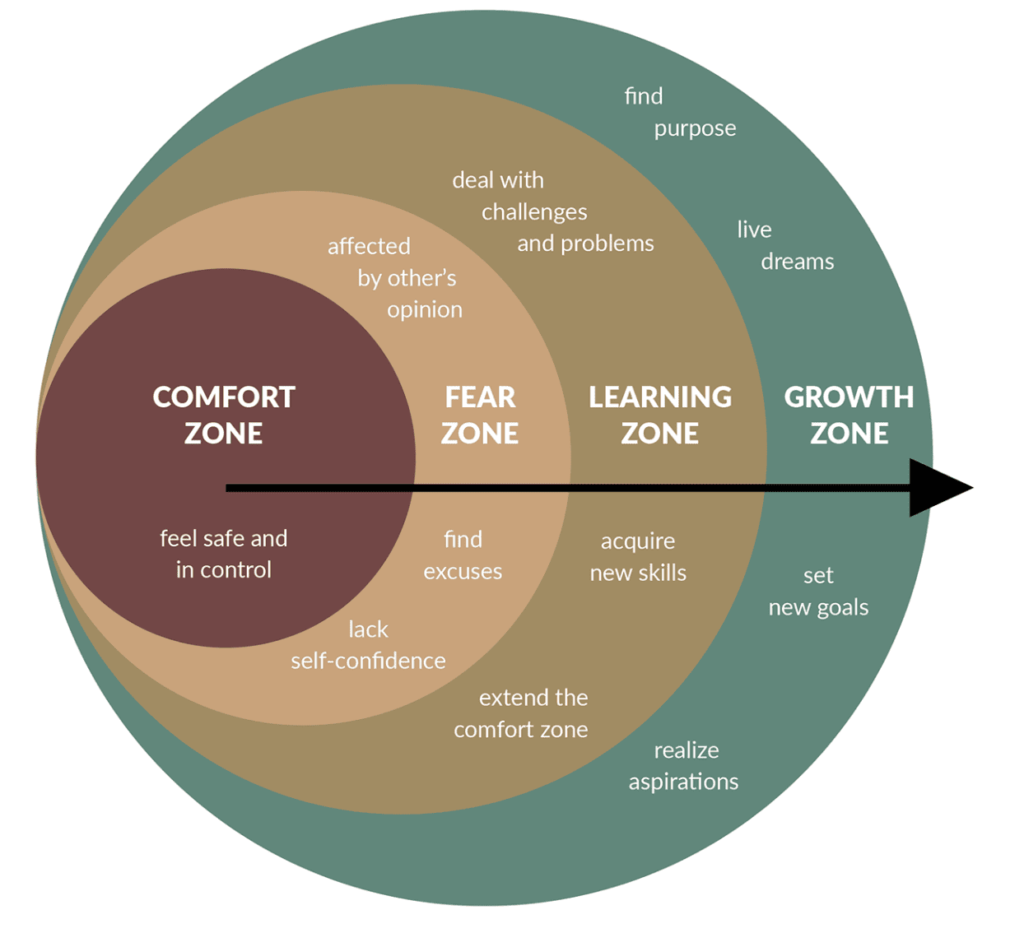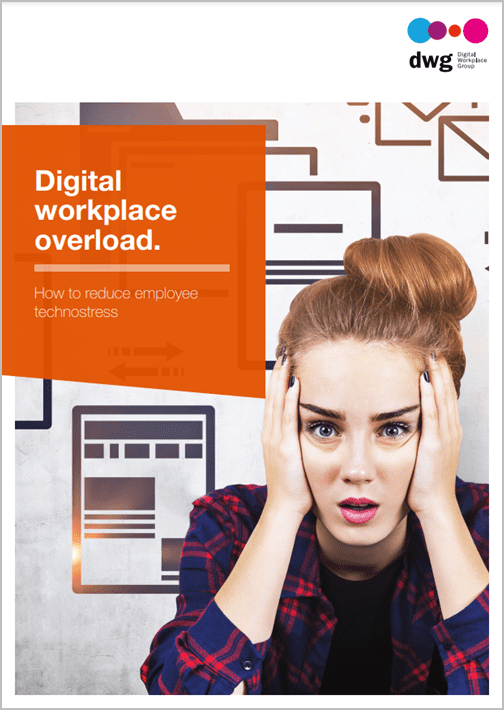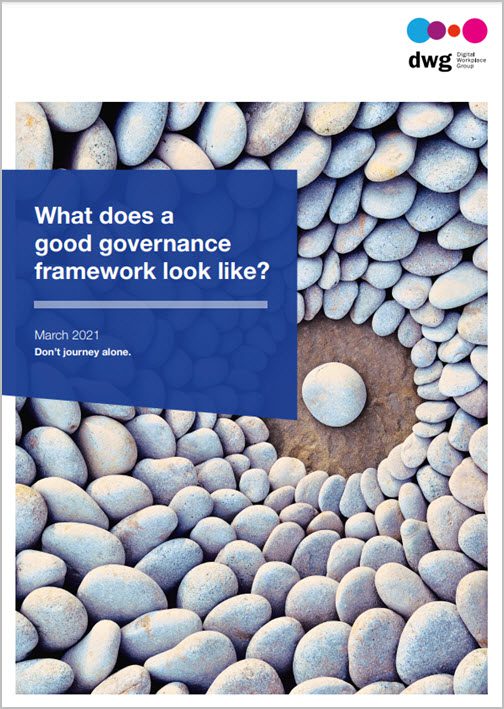Delivering internal communications and intranet content in a hybrid workplace: the challenges and opportunities
The news that our working world is changing is no longer news at all, but how we get from good to great in our content and communication outputs remains less clear.
According to EveryoneSocial, 60% of organizations don’t have a long-term strategy for their internal communications, 74% of employees feel they are missing out on company information and news, and a staggering 86% of employees cite lack of collaboration or ineffective communication for workplace failures.
While this journey will be a long one, we have identified some quick wins and reasons to be optimistic about the future of communications and content in the digital workplace.
COVID – a shot in the arm for global communications
Compare and contrast the experience of hybrid working to your pre-pandemic interactions with globally dispersed colleagues. Global collaboration has long been acknowledged as challenging, with cross-cultural teams lacking social opportunities and generally limited to interaction through video calls.
As organizations become more diverse and experiment with hybrid and flexible working, the power dynamics of old across international teams are crumbling, with the playing field increasingly levelled. This presents a wonderful opportunity to fully integrate firmwide collaboration and breach the chasm between local and international colleagues.
If you look at these relationships through the lens of COVID and the asynchronous impact of lockdown, you will recognize a common theme of empathy and increase in personal interaction with international colleagues as we checked in on each other and shared experiences.
Now the pandemic is no longer centre stage, how can we continue to intersect empathy with global communications and avoid ‘compassion fatigue’? The pandemic taught us empathy, but will it last?, an article featured in Real Minds, rounds up tips from psychologists on how we can keep compassion alive post COVID.
Helen Wang , from the Center for Healthy Minds, suggests ‘compassion meditation’ in combination with a meditation technique that trains people to notice the emotions of others: “it’s not enough to want to be empathetic towards someone; the empathy process starts when you actively notice when another person is suffering (or experiencing anything)”.
The article on Real Simple goes on to encourage the endorsement and demonstration of these newfound empathy expectations publicly and to follow through with visible action. “We need role models speaking out about their own suffering, and we need to see positive things happen to people who do open up,” says Lara Kammrath, PhD, associate professor of psychology at Wake Forest University.
Given their firmwide exposure, this is a wonderful opportunity for internal communications to lead the charge in empathetic content and to adopt the mindset that there is no more ‘global’ and ‘local’ – just one body, with everyone capable of feeling the same emotions.
Channel paralysis
In its article Top communication channels to consider for your business, Smarp reports that 60% of employees feel less than enthusiastic about internal communications. It’s perhaps no coincidence that the saturation of comms during the pandemic was indiscriminate in channel choice in order to ensure reach to all employees and, in some cases, organizations have not yet addressed clarity of channel use.
Smarp categorizes communication channels by ‘formal’, ‘informal’ and ‘unofficial’, with ‘formal’ representing strategy, policies and firmwide communications. ‘Informal’ news focuses on local audiences using a more conversational tone, while ‘unofficial’ comprises social interactions (think Yammer groups dedicated to pets and fitness).
These channel classes alone are unlikely to solve the problem of channel paralysis when news can be subjective and, depending on the content publishing model, someone posting content to the intranet, e.g. on behalf of their line manager, may not have sufficiently nuanced detail to choose the correct channel. We can’t assume that anyone who has access to post news also has a communications mindset or technical knowledge of the content.
As we look towards amplifying digital sustainability, reducing email outputs is key (albeit the most effective way to reach a broad audience by any yardstick), as is engaging with employees about their channel habits. Are they even aware of all the possible channels, much less had training in how to use them? This approach is likely to provide the optimum launchpad for an effective channels strategy and insights into how the channels are currently being used.
Kick off any focus groups by sharing what is going well and what isn’t, based on peer discussions. Candour about what hasn’t gone to plan will foster trust and encourage more open discussions; there is also something very liberating about sharing your endeavours to improve the communications and content experience as it helps employees to understand that, like them, you are navigating times of uncertainty and change.
Integrated learning
The assumption of digital literacy is an uncomfortable reality for many employees. The pace at which technology has evolved in the last two years – during extended periods of remote working – has produced a digital skillset vacuum which is damaging to employee wellbeing, as well as creating a capability deficit.
It isn’t enough to address this shortfall in digital skills through curated training sessions; instead, a cultural shift towards lifelong learning is paramount to the feeling of remaining relevant in a mercurial landscape. Adoption of a growth mindset in which traditional training evolves to an integrated learning experience – iterative in nature – should be encouraged and a consistent theme throughout the digital workplace.
As organizations look to integrate learning into their digital offerings, addressing the transition from ‘comfort zone’ to ‘growth zone’ should be the first order of business.

Positive Psychology suggests steps that individuals can take to transit to their growth zone and there are many parallels here to a successful digital workplace, which can be driven from the core of intranet-focused content and internal communications. Such examples include practising honesty in your interactions to build meaningful bonds with others and expanding your professional skillset such as speaking and presenting to others.
Sarah Fister Gale writes in Reworked about the importance of ‘Finding your L&D influencers’ and fostering communities of learning, arguing that learners want authentic recommendations shared by peers and that content liked or shared by influencers is more likely to gain traction.
Leveraging ‘social proof’ in development initiatives helps employees to ‘find their why’ as they set about their learning journey and should predicate any top-down L&D directives. Patrik Bergman illustrates user-connected capabilities of Microsoft Viva in his article for DWG, which provides a starting point for this brave new world of growth.
Vanity publishing
Perhaps a contentious point to cover, but one of which many communications and content teams will be aware, is the intranet page, news article or feature story that raises the profile of a particular member of the organization, often senior, but offers scant value to the majority of the audience.
I would suggest potential for a rise in vanity publishing as a result of ‘people poverty’ in the office. Vocalization of certain achievements has a limited impact on a small audience, while social channels provide a passage for broader reach and, dare I say, gratification.
I’ve already alluded to the issue of content saturation across organizations but, let’s be honest, where we put the content isn’t always the issue. The challenge can sometimes be why are we posting the content at all? In my experience, raising the argument of relevancy can be effective, but oftentimes your perfectly reasonable points can be trumped by status.
So, in the interests of keeping the content that we do wish to publish succinct and on-point for the audience, what do we do with content lacking any tangible currency? Content design principles can help here by asking the questions:
- Who is this content aimed at?
- How does it serve the audience?
- What is the lifecycle of the content?
- How does the content fit into the broader user experience?
Depending on the nature of the content, vanity publishing can often present as some sort of achievement, either personal (in which case it can be profiled as part of that person’s CV or skills matrix) or a team effort, which would be better suited to social channels and include perspectives of all the team members involved for a more rounded piece. One other option, if relevant, is to include employee-based professional achievements as part of a weekly news round-up, which is often posted by the CEO.
The above points should also be integrated as part of any standard content submission process or content strategy, to ensure that vacuous content is purged prior to the publishing process.
Knowledge doesn’t belong in a vacuum
It’s probably worth making the distinction between knowledge and ‘general’ content and flagging that nuances can be both subjective and subtle (although, in an ideal world, all content would help create knowledge, offering insights to anyone who comes across it).
The purpose of knowledge management is, among other things, to identify content that can be construed as knowledge, e.g. of educational or informative value to someone, albeit not to everyone – and ensure that this is appropriately tagged and profiled for regular review, search and findability.
It isn’t possible to put knowledge-related content under a single tab in your navigation because it traverses the entire organization, often with crossover between one or more business services, and therefore needs to be fluid and easily surfaced.
In large professional service firms, there is often a knowledge management team and, in the case of law firms, lawyers who specialize in managing knowledge and usually an extensive complementary collection of documents.
But knowledge isn’t endemic to professional service firms, or even the department created to manage that content. Knowledge-related content is everywhere and you are probably using and sharing it in your everyday activities.
The business challenge of siloed content is nothing new, but it is something that has been exacerbated by the pandemic as well as, for example, the rollout of Microsoft Teams (Teams) without robust governance. Whilst Teams is used primarily to ‘work out loud’, for example for sharing content as part of team collaboration, it has also been a revelation to those who sit outside the traditional intranet or knowledge publishing model and are subject to governance constraints, providing a means of instant visibility of their content (albeit to a vastly reduced audience).
This is effectively the opposite of the ‘vanity publishing conundrum’; it is content with resonance that is hidden from view.
Before we consider how high-value content is: a) known to its editor; and b) accessible to the relevant audience, we should first start with what constitutes knowledge.
‘Tacit’ knowledge (also known as tribal or implicit knowledge) is the result of a person’s skills or ‘know-how’ acquired through practical and personal experience. The intangible and unstructured nature of tacit knowledge makes it difficult to capture in the daily flow of work, although an article in LPI suggests that storytelling is one way to share these lived experiences.
‘Explicit’ knowledge refers to information that can be expressed in written form, codified, stored and accessed. This might include, for example, a ‘how-to’ article offering guidance on how to create a channel in Teams, or something done for the first time in the organization, such as the process for creating a podcast. Knowledge is contextual but its purpose is to educate, prevent reinvention of the wheel and create effective business processes. If you think your content can add value, then it’s probably knowledge.
While it isn’t possible to serve up knowledge under one umbrella, there are parts of an organization (e.g. IT) that could create a ‘knowledge base’ with FAQs covering different technologies. One example that springs to mind is the ongoing mystique around sharing a video recorded on Microsoft Stream and making it accessible to anyone not present at the original recording. In fact, why not share that information yourself if you already know the answer, potentially solving a problem for a colleague and in so doing creating a culture of sharing.
Not all knowledge-related content is as easily packaged but a robust metadata structure, along with the use of naming conventions that are clear and concise, will guarantee findability through search. While a great search experience is considered fundamental to the digital workplace, it also greatly enhances the hybrid working experience where the collective knowledge of your team isn’t always available.
Conclusion
While the digital hybrid workplace offers many opportunities, it requires empathy, transparency and honesty.
We are all on a journey – and as technology evolves so too will the requirement to pivot, change and grow (and this should be a process fully supported by organizations). Building on this evolution, stronger connections with international colleagues can be formed, as well as encouraging development of skills and purpose.
A maturity model for learning is a valuable tool for any L&D strategy allowing you to plot your learning journey from where you start and visualize what the destination might look like.
Related resources
Get access to the full reports and 80+ other best practice digital workplace reports
DWG members have access to all of these reports in full, which form part of DWG’s best practice Research Library of 80+ reports covering key areas such as strategy and governance, personalization, user experience and change management for intranets and digital workplaces.
Browse our reports and report excerpts, and new research that’s coming up. Contact us to learn how to gain access to this library via DWG membership.
Talk to us about…

… becoming a DWG memberMore about DWG Membership » |
Categorised in: → Hybrid working, → Internal communications




